Taylor Swift’s ‘Eras Tour’ has brought her fan following to new heights. With the consumer spending of fans skyrocketing, the popularity and success of Swift is undeniable. However, the singer-songwriter is not the only one to feel the benefits of her fame and gigantic financial gains, with many areas local to the tour’s venues experiencing the economic ‘Swift-lift.’
It’s estimated that the Swiftie splurge is set to bring approximately £1 billion in consumer spending to the UK economy, with areas surrounding the stadiums particularly benefiting. Councillor Richard Kemp, Lord Mayor of Liverpool, said: “Thousands of visitors spent hundreds of thousands of pounds. Some of that benefit will be felt in Anfield in the local shops and pubs. Much of the impact of will have been felt in the wider Liverpool area with filled up hotels and well-used bars, restaurants, shops etc.” Like the United States, where average sales in restaurants within a 2.5-mile radius of the concert venues soared by more than 68%, the UK is clearly benefiting economically from the ‘Swift-lift’.
Cities like Liverpool were in full swing for the Eras Tour celebrations. Affectionately named the ‘Taylor Town Trail’, the city commissioned 11 different works of art to represent Swift’s 11 studio albums. This included a playable, moss covered piano standing for the 2020 indie album ‘Folklore’; a seven-feet-tall butterfly installation inspired by Swift’s Debut album and a giant clock in Lime Street Station representing the album ‘Midnights’. The public arts project was made with Make CIC, a creative hub for Liverpudlian artists. Aside from looking vibrant, these art installations were also made with the aim to bring exposure to local artists and affirm the innovation of Liverpool as a city.
In addition to tourism, part of the UK’s most vulnerable could currently be feeling the positive effects of the publicity gained by previously overlooked areas. Following her June performances in Cardiff, Swift made the largest individual donation ever received by Cardiff Foodbank. With the donation reportedly having the capacity to provide 10,800 meals, Rachel Biggs, the chief executive of the charity, said: “The breathing space Taylor’s donation has given us will enable us to lift our heads and shift our focus from the food bank to the creation of a sustainable operation supporting people who currently need our help with support to address the root cause of poverty and financial support to set them on the path to not needing our aid anymore.”
Whilst benefits of large-scale tourism and concerts are generally in effect, such benefits have not been felt by all. In lieu of Swift’s three tour dates in Edinburgh, homeless people were sent out of the city to make room for the oncoming flood of tourists staying in hotels in the vicinity of Murrayfield stadium. This included popular hotels such as Travelodge and Premier Inn, where the average minimum cost for a one-night stay was £330. In Scotland, where a housing emergency was declared last November, there is a legal obligation for people declared homeless to be provided with emergency temporary accommodation, which often comes in the form of hotels. The full bookings of such hotels have made it impossible for homeless people to be housed, forcing them to be moved elsewhere. This begs the question: whilst tourism might be beneficial, is the current economic and housing climate fully equipped to take care of tourists, locals and the most vulnerable?
It’s undeniable that the presence of larger-than-life stars like Taylor Swift have a significant effect on the surrounding area of tour venues. The economic benefits of the ‘Swift-lift’ and the generosity shown by artists like herself towards areas and issues cannot be refuted. However, it might be suggested that the attention and tourism brought to local areas hold the capacity to jeopardise the livelihoods of vulnerable people already living there, placing tourists in direct competition with locals. The show-stopping Eras Tour has been gigantic in both scale and popularity and has had a much larger impact than it is credited with, revealing the wider implications surrounding concerts and the tourists that attend them.


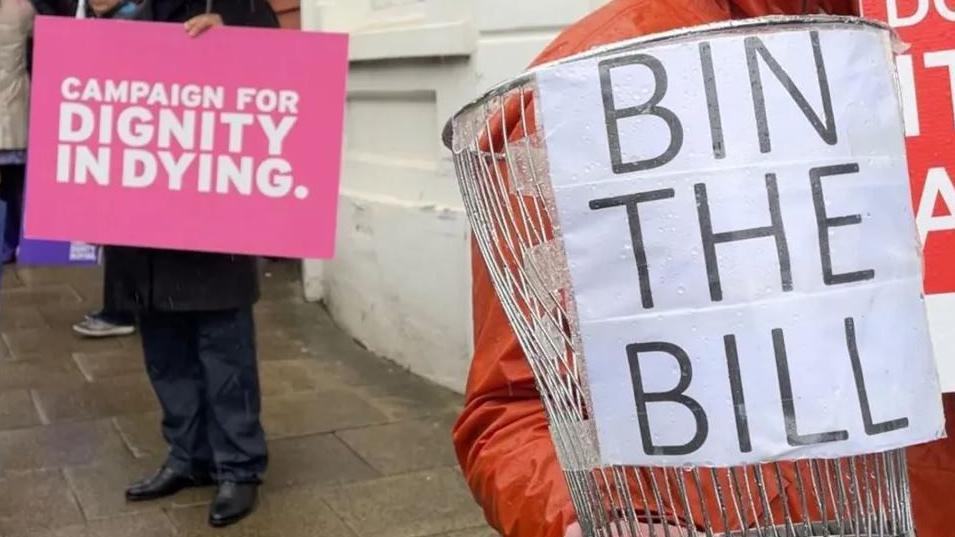
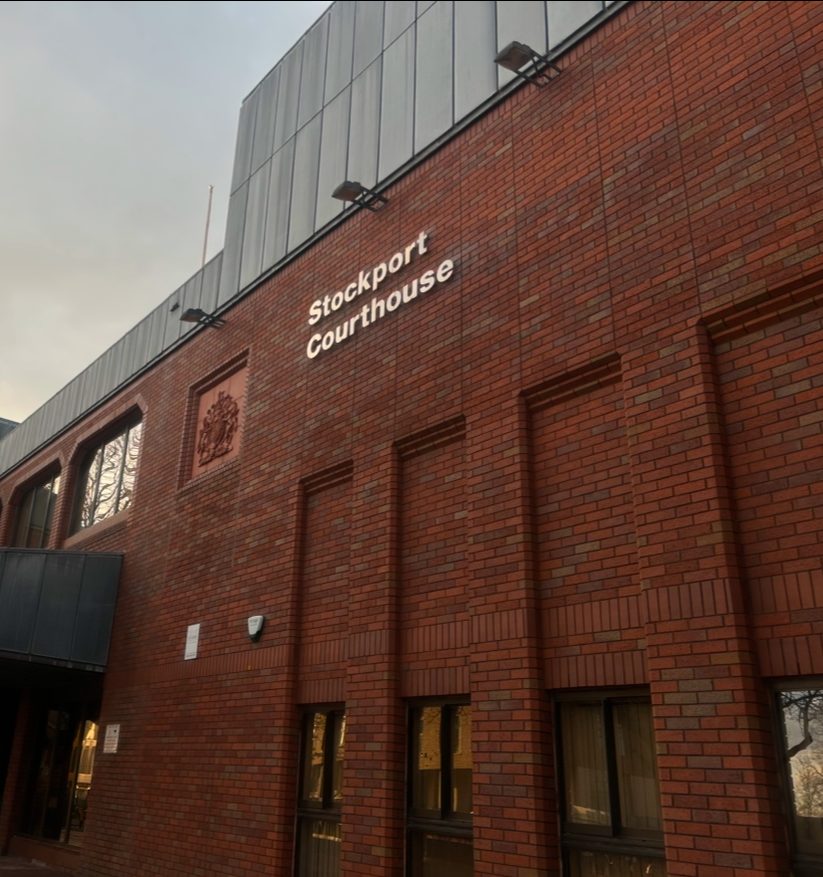

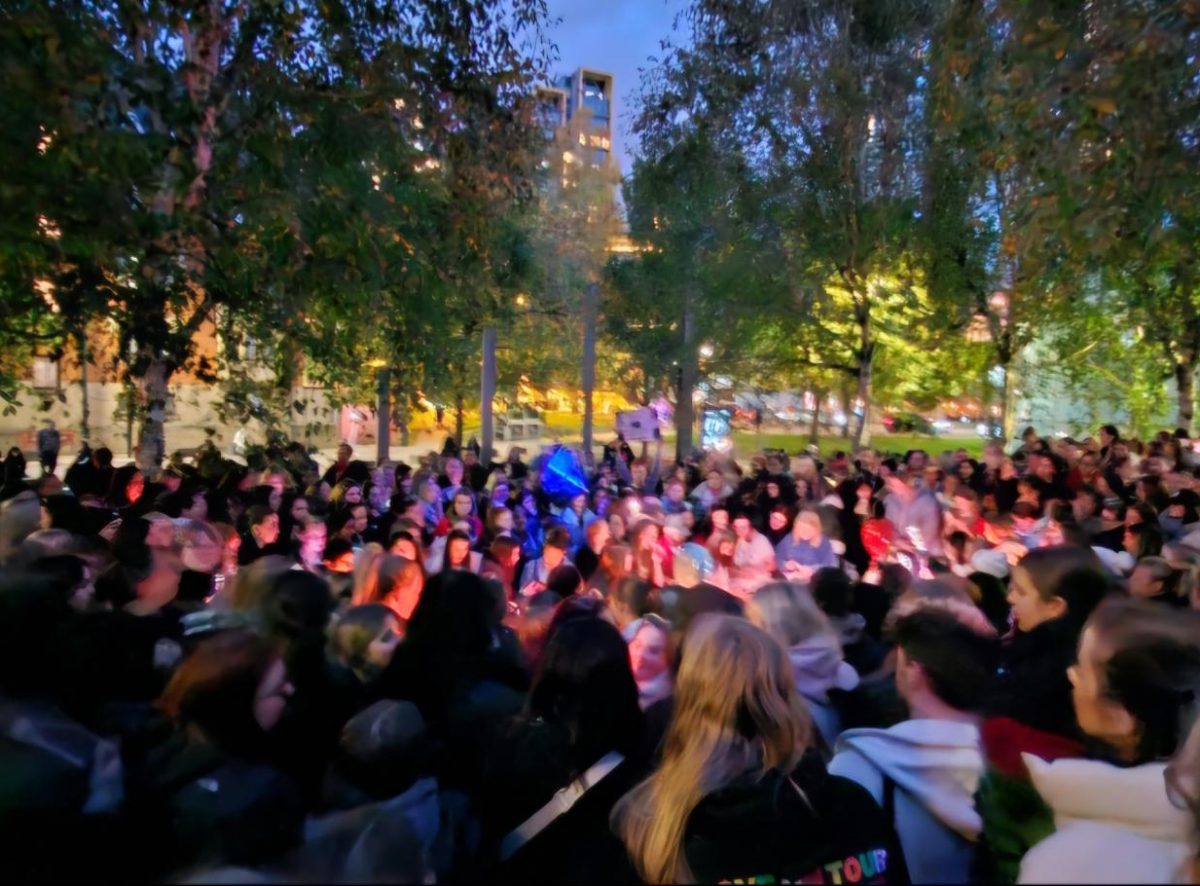
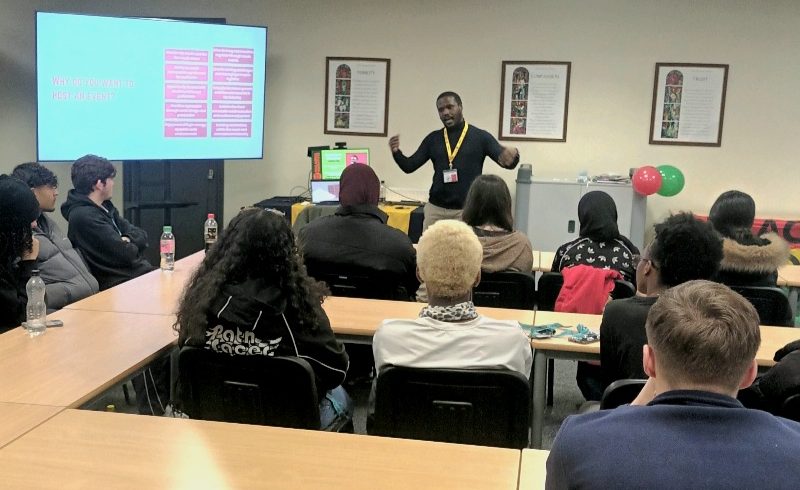

















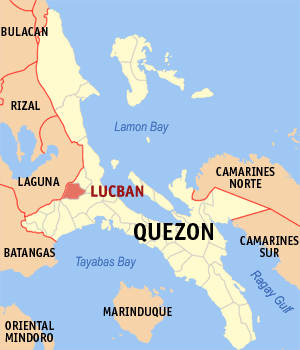

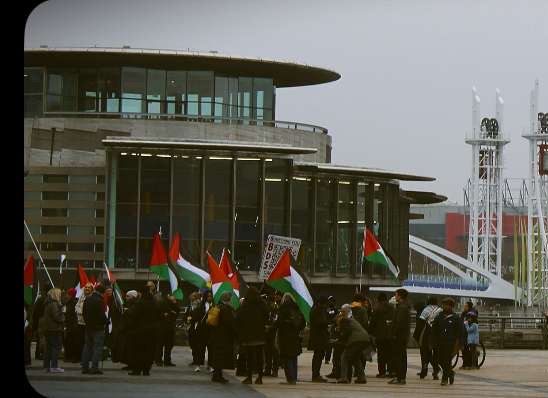




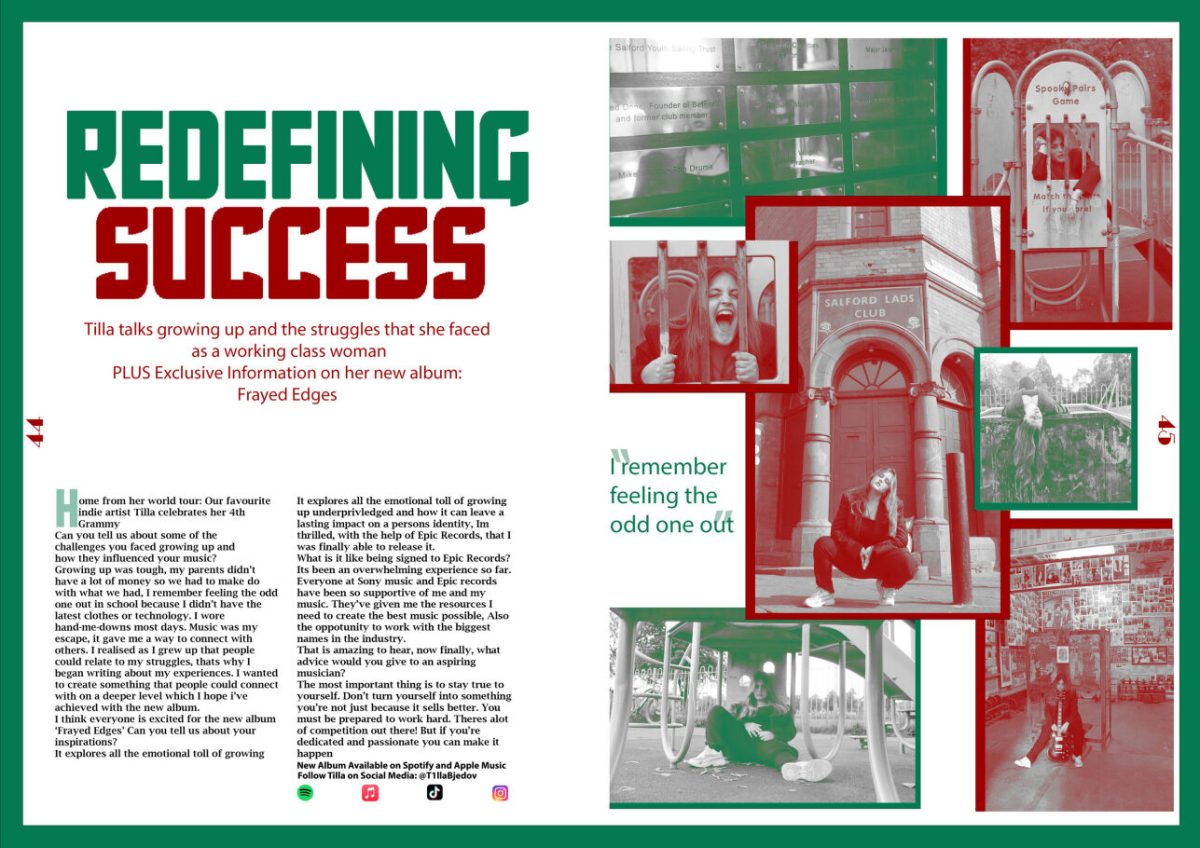







Will • Oct 16, 2024 at 3:37 am
No but well written